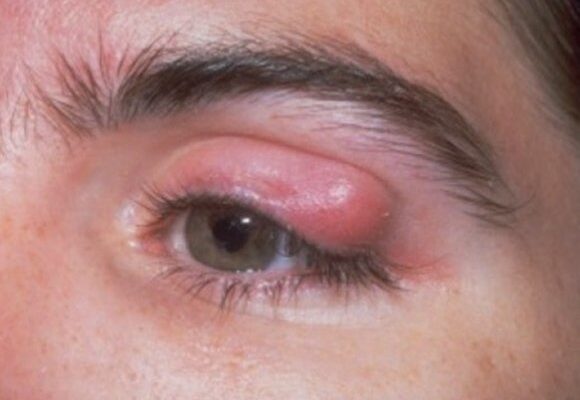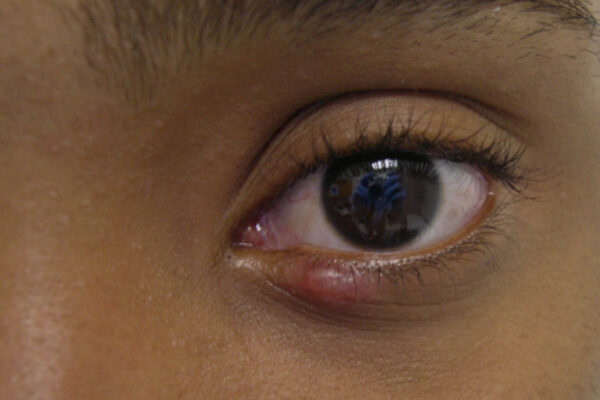Learn about blepharitis, an inflammation of the eyelids that can cause irritation, redness, and itching, and how to treat it with lid hygiene, topical ointments, or even oral medications, by contacting the office to schedule a consultation.
Blepharitis is inflammation of the eyelids, usually along the margins, with oily particles, crusting and bacteria stuck to the eyelashes near their base. It can cause irritation, itching, redness, and burning or stinging of the eyes. Blepharitis is often seen in patients with rosacea, but most of the time the cause is unknown.
How do you treat blepharitis?
Lid hygiene is the primary treatment, including hot compresses once or twice daily along with eyelid scrubs using a gentle soap. This helps to remove bacteria and built up oils as well as aids in the flow of oils from the meibomian glands along the eyelid margin. These glands supply the oily layer of your tear film, which is important to maintain to avoid dry eye. In more severe cases, we often prescribe topical ointments, anti-biotic/anti-inflammatory eyedrops, or even oral medications.
Can blepharitis be cured?
There is no definitive cure for blepharitis and most people who suffer from it must treat it on a daily basis. The intensity of the symptoms can wax and wane for various reasons.
Styes & Chalazion
A stye (hordeolum) is an infected eyelash follicle. This will often drain on its own with warm compresses, but may need topical antibiotics or occasionally incision and drainage. More common is a chalazion, which is a mostly painless, red, swollen nodule within the eyelid that is caused by a blocked oil gland. These can resolve by using hot compresses twice daily followed by cleaning the eyelid margins with mild soap and warm water. If they don’t resolve after a few weeks of treatment, steroid injections or incision and drainage are also an option. The danger in a recurring stye is that it may not be a stye at all, but a type of cancer called sebaceous cell carcinoma. You should definitely have a recurring stye checked out by an ophthalmologist.
Where Can I Get More Information?
Call our office at (801)264-4420 or use our contact form to schedule an appointment for a consultation. We will examine your eyes, tear film and eyelids and help you find a solution for your eyelid problem.


